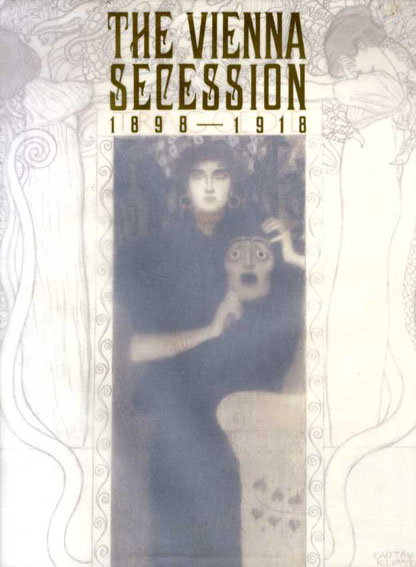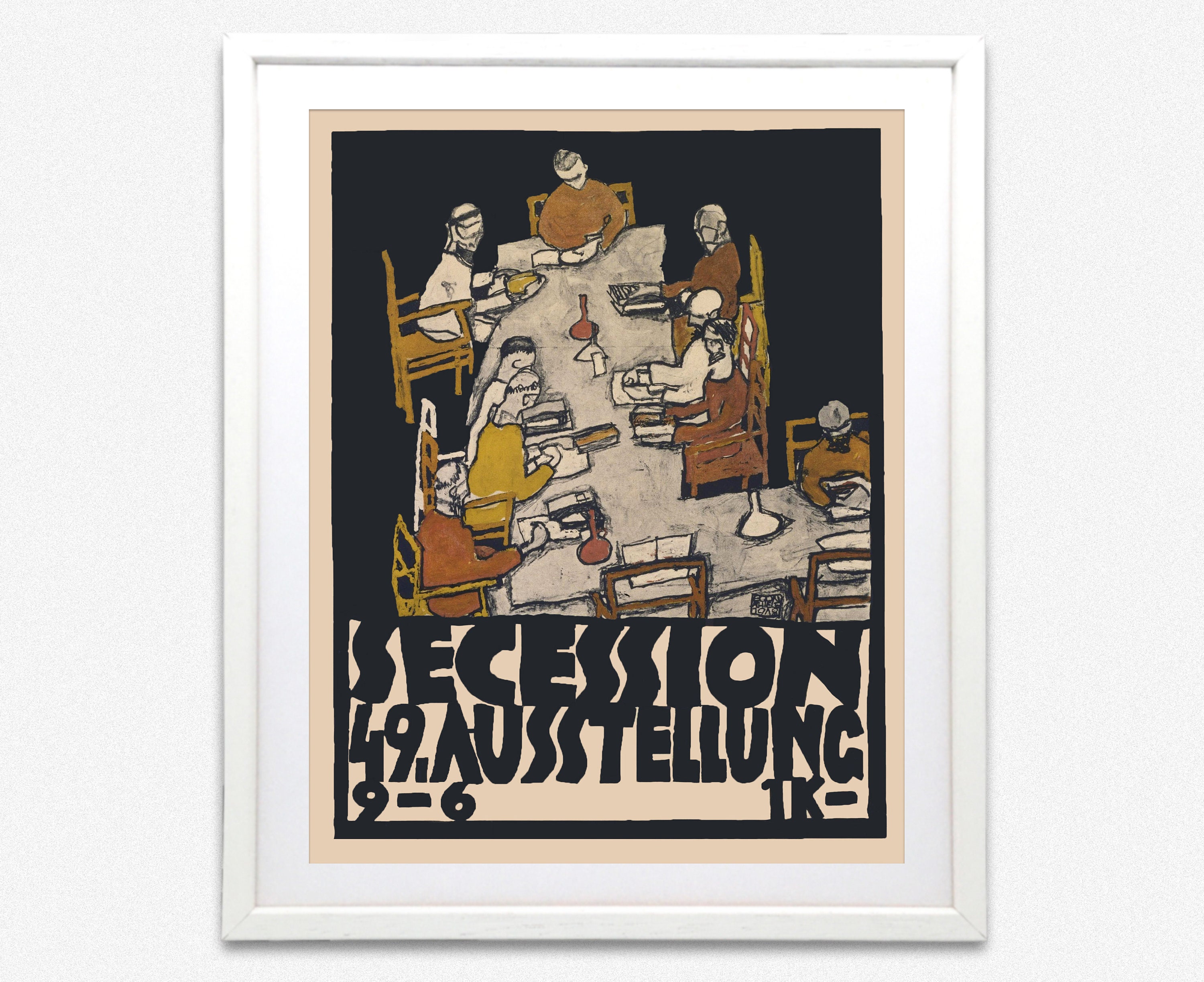

Storms, Symphonies, Silence: Sibelius’s Tempest Music and the Invention of Late Style DANIEL M. Jean Sibelius and His American ConnectionsĪrt and the Ideology of Nature: Sibelius, Hamsun, Adorno “Thor’s Hammer”: Sibelius and British Music Critics, 1905 –1957 The Wings of a Butterfly: Sibelius and the Problems of Musical Modernity Theatrical Sibelius: The Melodramatic Lizard Sibelius, Finland, and the Idea of Landscapeįrom Heaven’s Floor to the Composer’s Desk: Sibelius’s Musical Manuscripts and Compositional Process ∞ Printed in the United States of America 1 3 5 7 9 10 8 6 4 2 PRINCETON UNIVERSITY PRESS PRINCETON AND OXFORDĬopyright © 2011 by Princeton University Press Published by Princeton University Press, 41 William Street, Princeton, New Jersey 08540 In the United Kingdom: Princeton University Press, 6 Oxford Street, Woodstock, Oxfordshire OX20 1TW All Rights Reserved For permissions information, see page xiii Library of Congress Control Number: 2011926904 ISBN: 978-0-6 (cloth) ISBN: 978-1-3 (paperback) British Library Cataloging-in-Publication Data is available This publication has been produced by the Bard College Publications Office: Ginger Shore, Director Anita van de Ven, Cover design Natalie Kelly, Design Text edited by Paul De Angelis and Erin Clermont Music typeset by Don Giller This publication has been underwritten in part by grants from Furthermore: a program of the J. The contributors are Byron Adams, Leon Botstein, Philip Ross Bullock, Glenda Dawn Goss, Daniel Grimley, Jeffrey Kallberg, Tomi Mäkelä, Sarah Menin, Max Paddison, and Timo Virtanen.

The essays in the book explore such varied themes as the impact of Russian musical traditions on Sibelius, his compositional process, Sibelius and the theater, his understanding of music as a fluid and improvised creation, his critical reception in Great Britain and America, his "late style" in the incidental music for The Tempest, and the parallel contemporary careers of Sibelius and Richard Strauss.ĭocuments include the draft of Sibelius's 1896 lecture on folk music, selections from a roman à clef about his student circle in Berlin at the turn of the century, Theodor Adorno's brief but controversial tirade against the composer, and the newspaper debates about the Sibelius monument unveiled in Helsinki a decade after the composer's death. Providing wide cultural contexts, contesting received ideas about modernism, and interrogating notions of landscape and nature, Jean Sibelius and His World sheds new light on the critical position occupied by Sibelius in the Western musical tradition. Yet he seemingly chose that moment to stop composing altogether, despite living for three more decades. At the height of his popular appeal, he was revered as the embodiment of Finnish nationalism and the apostle of a new musical naturalism. Originally hailed as a new Beethoven by much of the Anglo-Saxon world, he was also widely disparaged by critics more receptive to newer trends in music. The reverse depicts a detail from the Beethoven Frieze, which is housed in the building.Perhaps no twentieth-century composer has provoked a more varied reaction among the music-loving public than Jean Sibelius (1865-1957). It also appears as the main motif of one of the Austrian gold collectors' coins: the 100 euro Secession commemorative coin, minted in November 2004, on the obverse side. The building has been selected to figure on the national side of the €0.50 Austrian coin. Below this is a sculpture of three gorgons representing painting, sculpture, and architecture. The motto of the Secessionist movement is written above the entrance of the pavilion: "To every age its art, to every art its freedom" (German: Der Zeit ihre Kunst. The building was financed by Karl Wittgenstein, the father of Ludwig Wittgenstein. The building features the Beethoven Frieze by Gustav Klimt, one of the most widely recognized artworks of Secession style (a branch of Art Nouveau, also known as Jugendstil in Germany and Nordic countries). It was completed in 1898 by Joseph Maria Olbrich as an architectural manifesto for the Vienna Secession, a group of rebel artists that seceded from the long-established fine art institution.


The Secession Building (German: Secessionsgebäude) is an exhibition hall in Vienna, Austria.


 0 kommentar(er)
0 kommentar(er)
